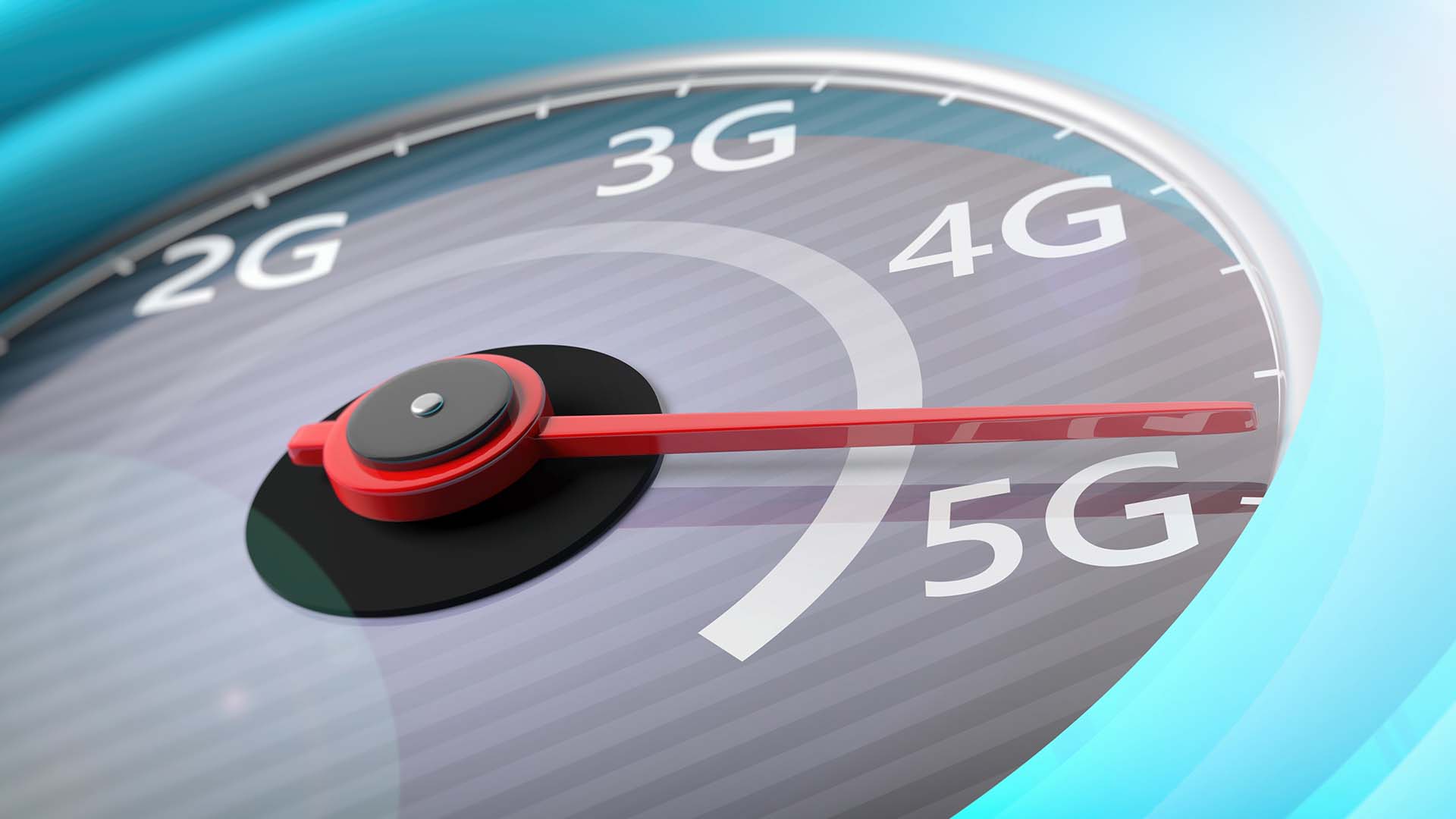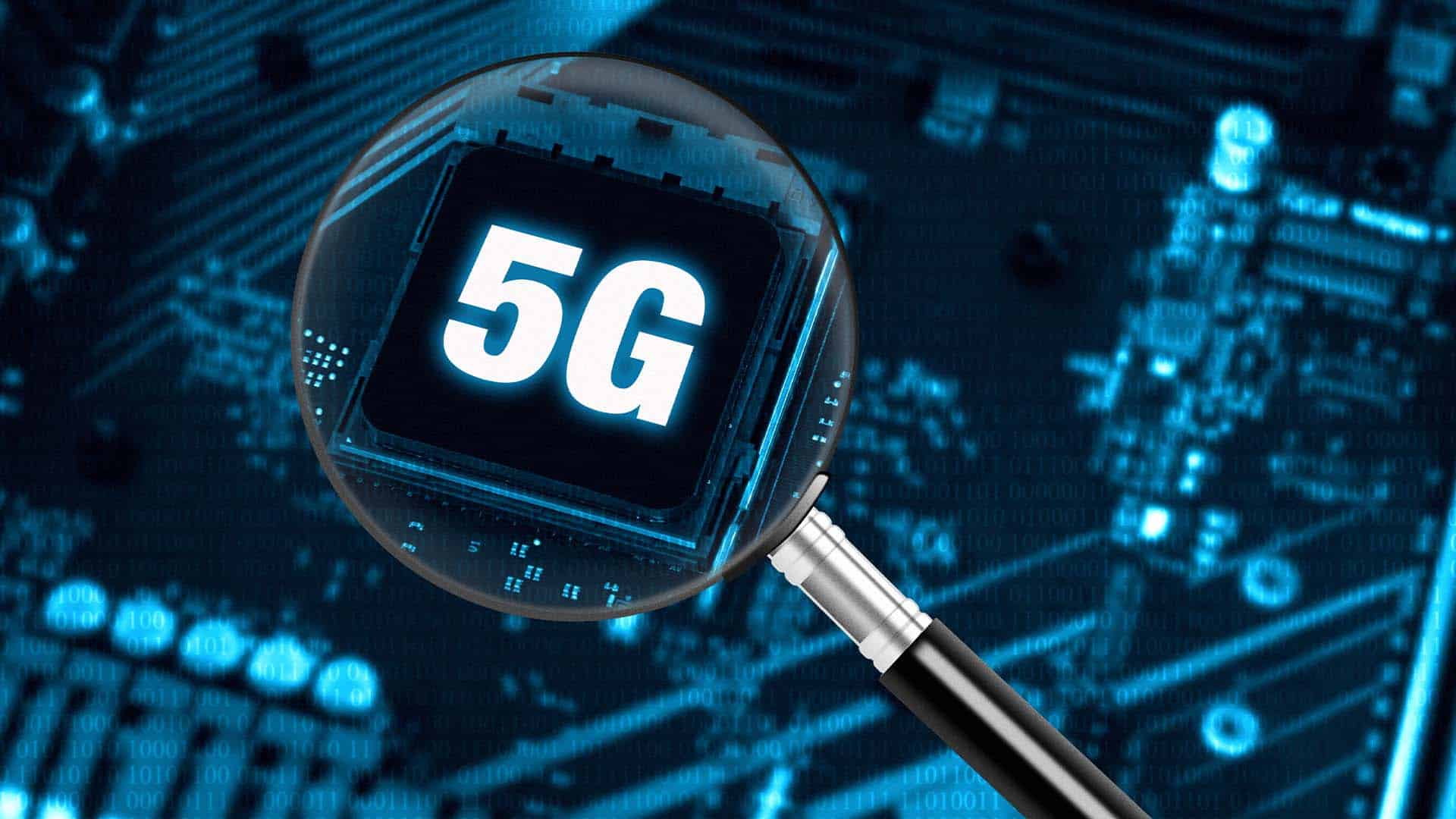August 8, 2022
Even more for you than consumers – 5G impacts your business today

You’ve heard “5G is here” over and over, with the promise to jumpstart a whole new age of mobile innovation. But after a slow roll out, we’ve heard from many business owners, “Is 5G part of our growth strategy? Is it just for consumers? Will it really make that big a difference for us?”
The answer? According to Jason Leigh, senior analyst at IDC, “5G is the gateway to an entirely new world of businesses, but it needs multiple other technologies coming together to achieve its true potential.” So, yes, you should add 5G into your mobility growth plans. It is not just for consumers, and it can make a big difference for your business — if you prepare.

Faster Connections
The biggest selling point (so far) has been the increased speed 5G delivers — perhaps 100 times faster than current 4G networks. These speeds will have a significant impact on the infrastructure to support IoT devices, because higher speed fuels a network that can support a greater volume of data carried over the same bandwidth.
You’ll be able to better apply analytical processing (AI or ML) to all that data and make IoT devices even smarter. The implications of this for all industries is astounding. For instance, agricultural sensors can track crop health and trigger automated actions (like precise irrigation or fertilization). Warehouses could monitor inventories and improve speed of deliveries remotely.
Reduced Latency
Latency, the measure of the responsiveness of a network, are the milliseconds between initiating a network request and receiving a response. 4G networks can have a lag of up to 50 millisecond, but. 5G networks reduce latency to 1 millisecond (or less). The dramatic implications can save lives. For instance, autonomous vehicles can have virtually instantaneous communication with other vehicles on the road, traffic signals, and intersections. Furthermore, in other industries, AR and VR can be implemented so, for example, a new technician on a job could receive instruction or help from a virtual expert off-site. A third example from the healthcare industry: for patients receiving in-home care, traveling nurses could interact with doctors and other specialists via video conference and not have to worry about lag or delays in communication.Network Slicing
5G networks support network slicing (multiple virtual networks created on top of a common shared physical infrastructure) so you can assign and readjust the resources necessary for each application. Essentially, build and own your proprietary 5G network. With 5G networks, network slicing can also support different radio access networks (RANs).
How does this look in the real world? Autonomous cars rely on communicating with various other devices (other cars, traffic signals, intersections, etc.) that demand low latency but not always a high throughput. A streaming service watched in the car while driving would require a high throughput and low latency. Both of these actions (streaming and communications) could be delivered on the same common physical network — but with virtual network slices to optimize both uses, achieving energy and cost efficiencies.
Another major benefit of network slicing? Security. If a cyber attack attempts to breach one slice, the attack would be contained to that slice, unable to spread to the other.
Improved reliability and higher device capacity
The increase in smart devices and IoT needed in today’s technological landscape can easily overwhelm networks, as networks can only handle a predefined number of devices and can only transfer so much data at a time. 4G networks are limited to supporting 2,000 devices per .38 square mile, compared to 5G networks that can support one million devices per .38 square mile. 5G networks can facilitate large amounts of simultaneous data transfers with extremely high reliability, vital for industries like healthcare or data storage where dropped calls or data interruptions cannot happen.
Supercharge your business with 5G
Take advantage of the opportunities 5G networks provide your business. From faster speeds, lower latency, improved reliability and capacity, to network slicing, 5G technology will allow you to leverage what new technologies have to offer, like AI, ML and automation.
Unsure where to start? Our team of mobility experts can help you strategize and prepare for 5G networks.